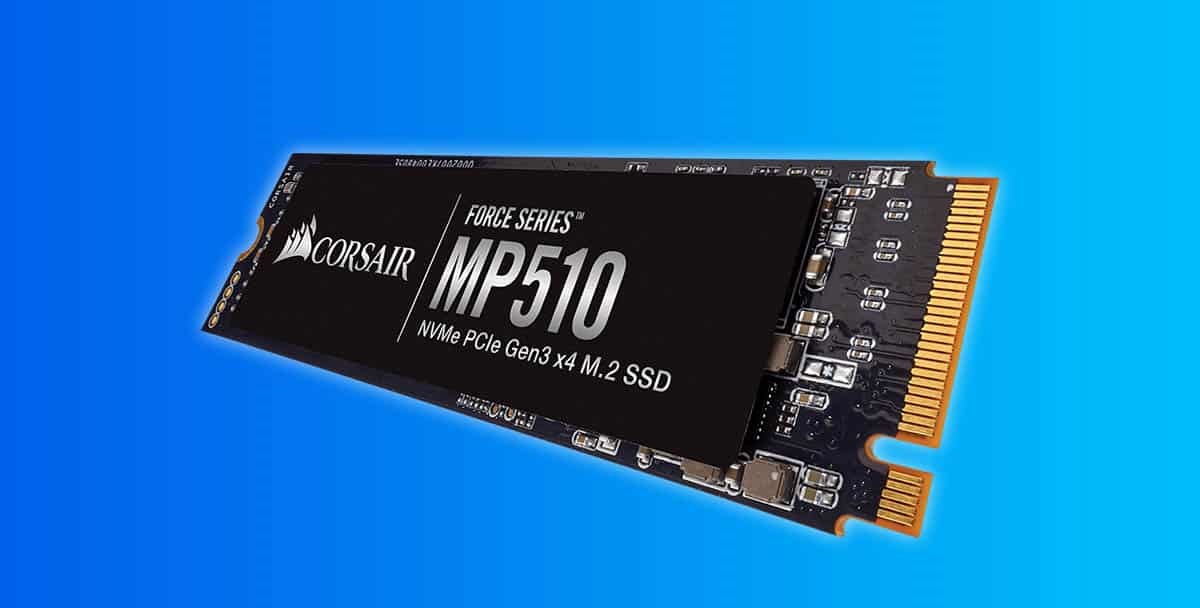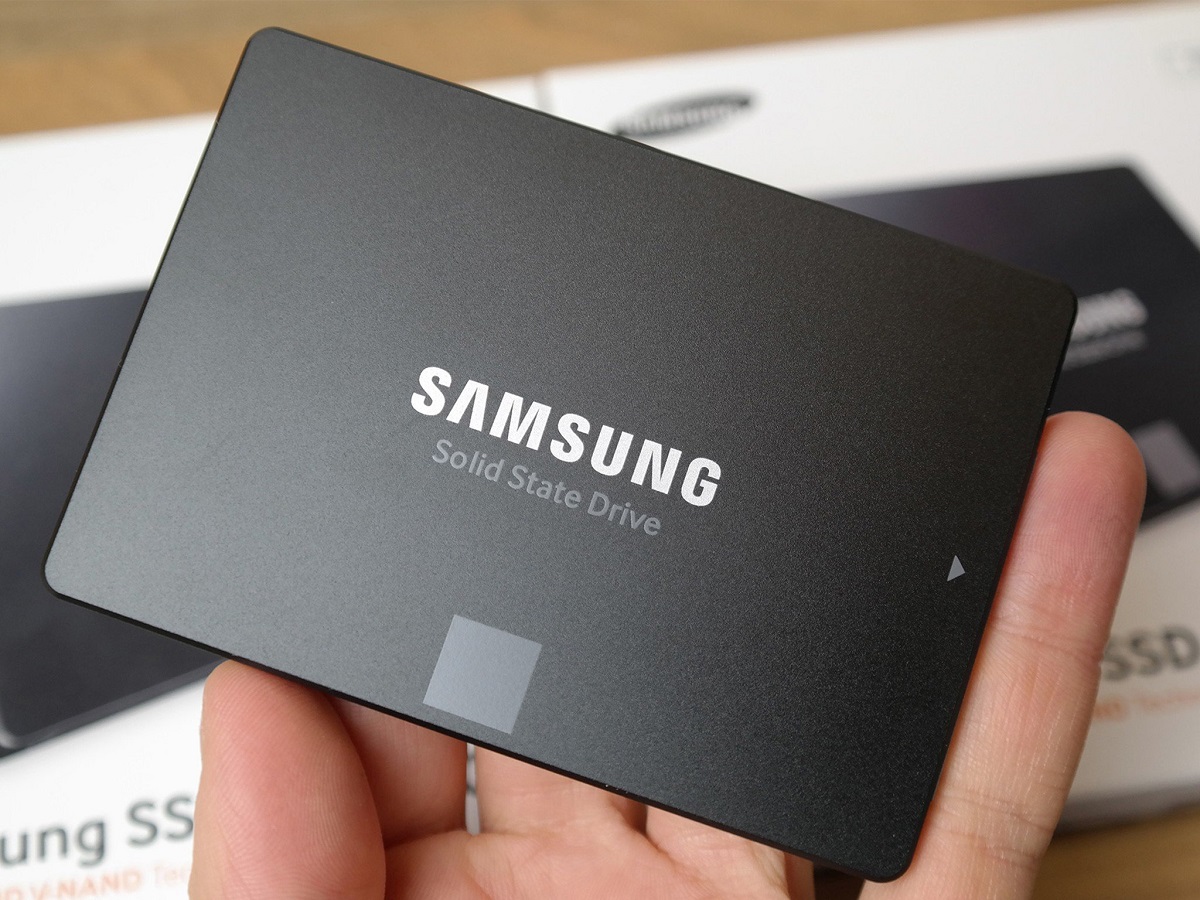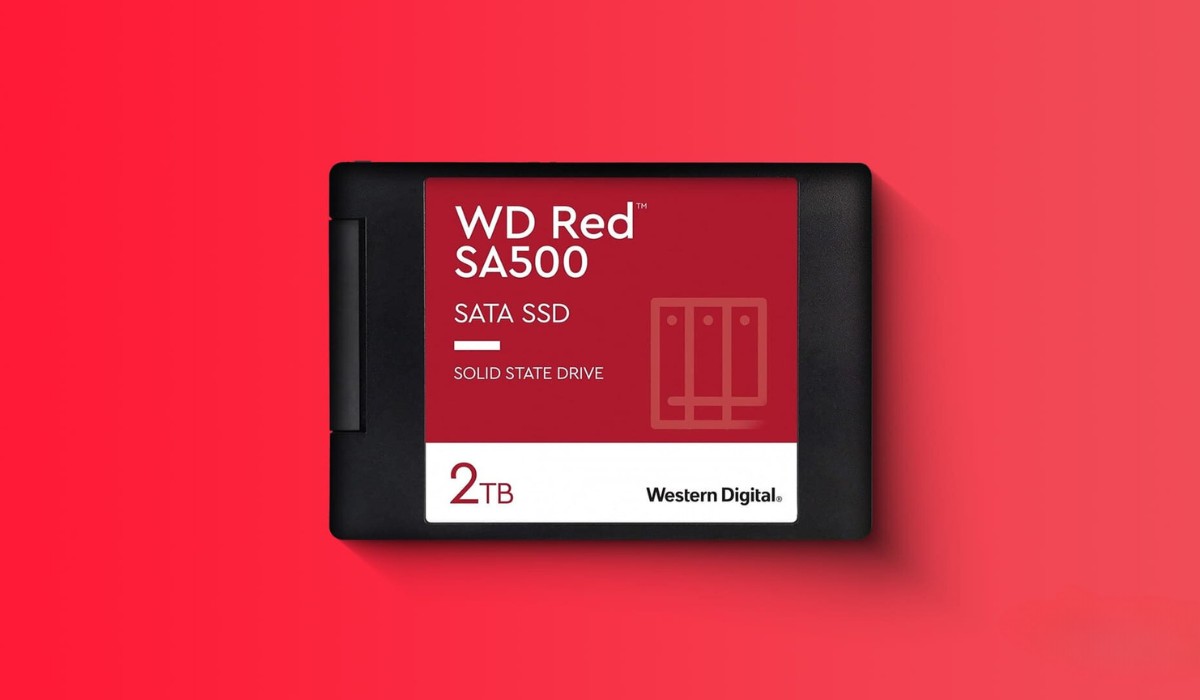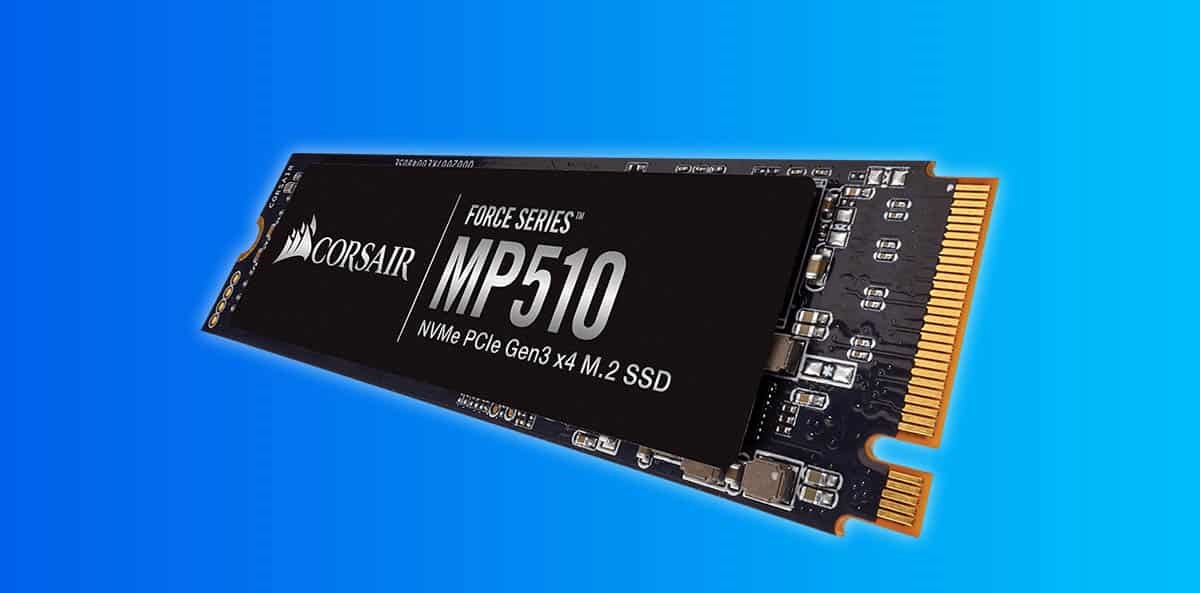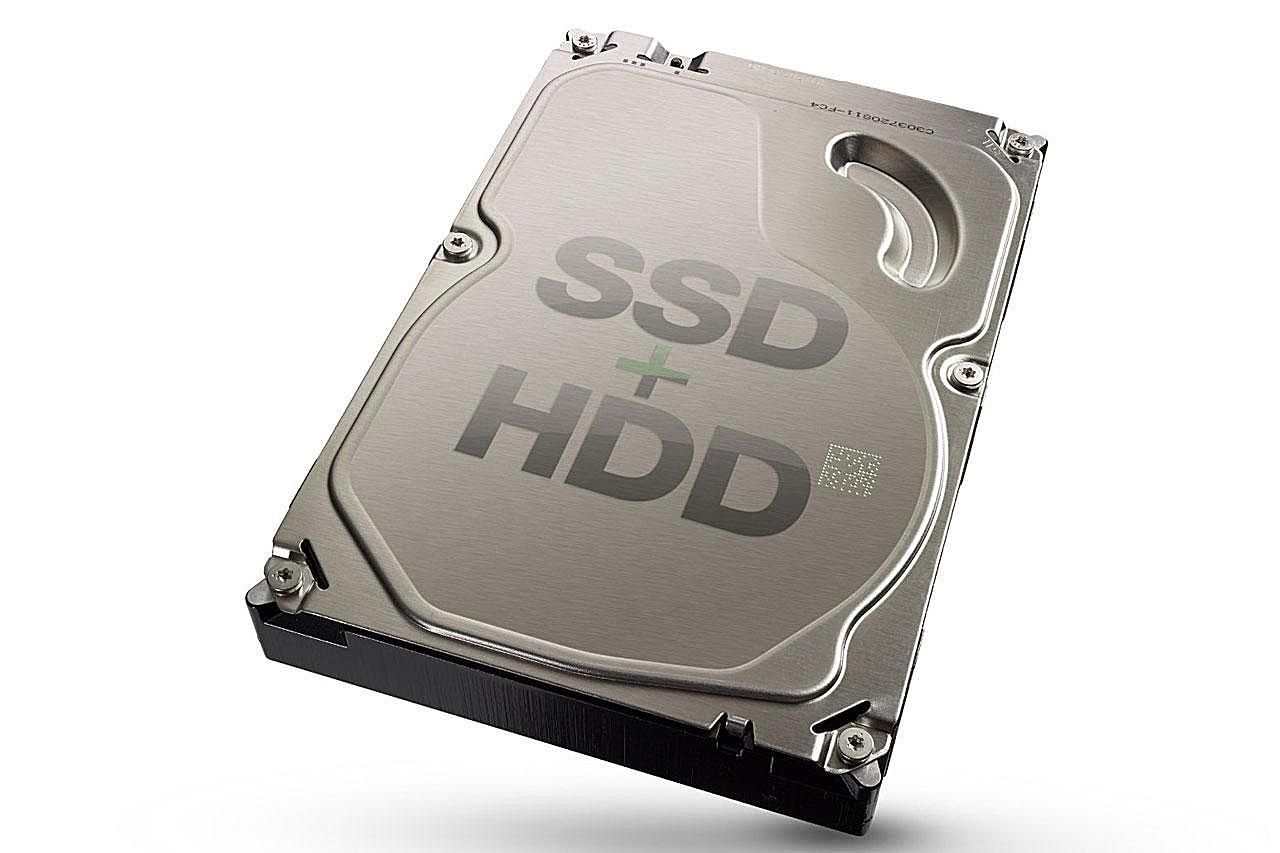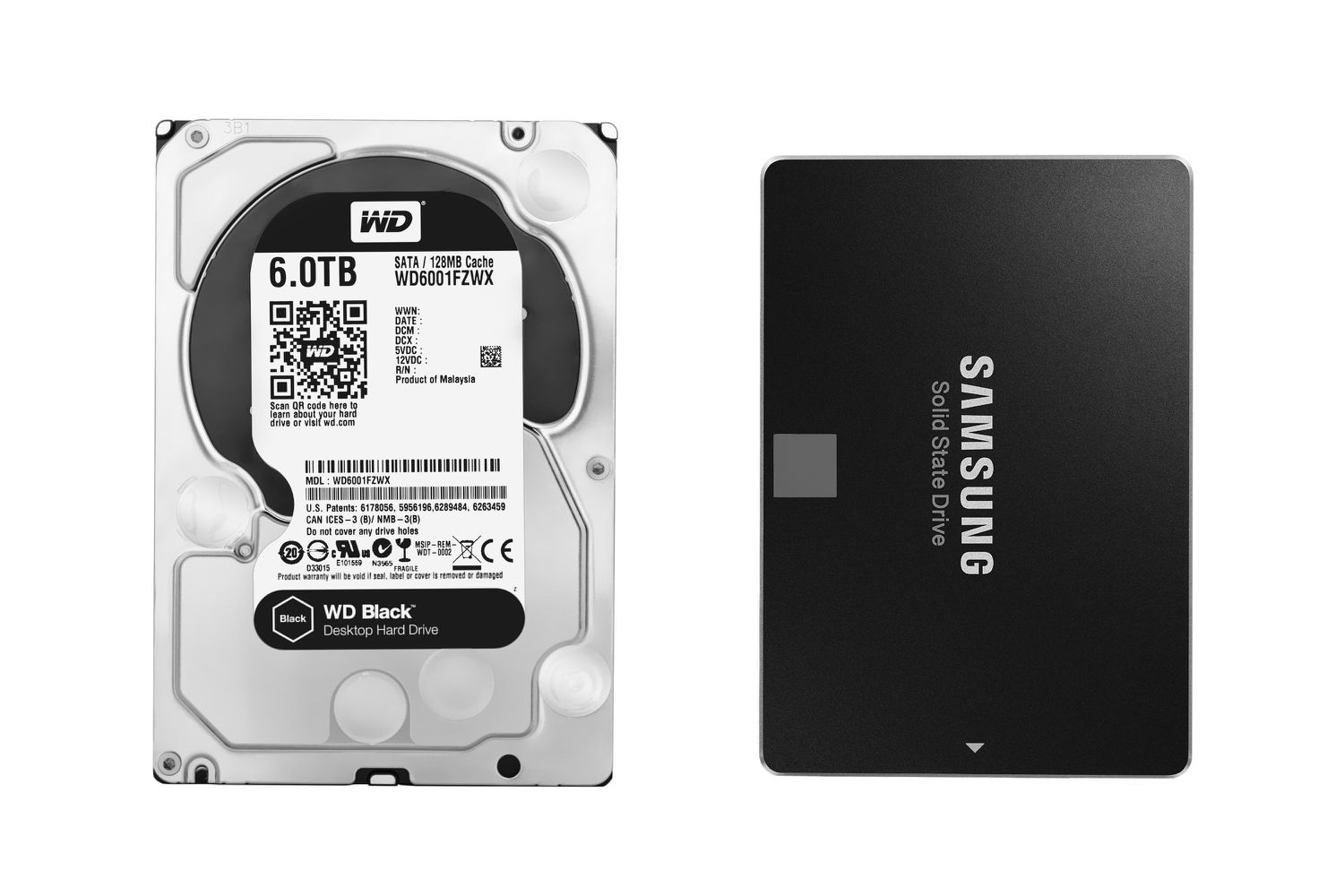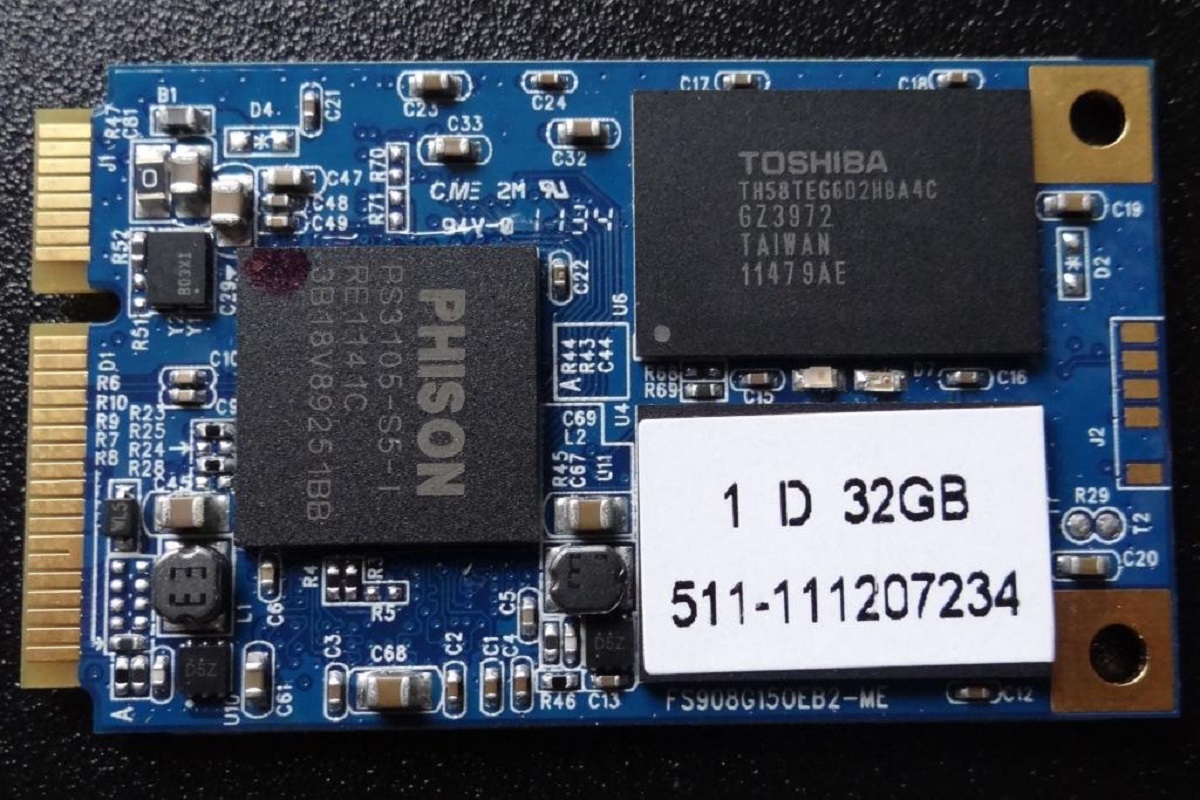Introduction
When it comes to optimizing the performance of your computer or storage system, you may have come across the term “SSD cache.” But what exactly is SSD cache and how does it work? In this article, we will discuss the ins and outs of SSD cache, its benefits, and when it is best to use it.
SSD cache is a technique that combines the speed of solid-state drives (SSDs) with the capacity of traditional hard disk drives (HDDs). It acts as a buffer between the system and the storage device, storing frequently accessed data for faster retrieval. This makes it an invaluable tool for enhancing the overall performance of your system and reducing latency.
Traditionally, HDDs have been the go-to choice for storing large amounts of data due to their cost-effectiveness. However, they fall short in terms of read and write speeds when compared to SSDs. On the other hand, SSDs provide lightning-fast performance but tend to be more expensive and offer smaller storage capacities. This is where SSD cache comes into play, offering the best of both worlds.
By utilizing SSD cache, the most frequently accessed data is stored on the SSD portion, which allows for quicker retrieval times. This can significantly improve the overall performance of your system, especially when dealing with applications that heavily rely on random read and write operations, such as databases or virtual machines.
Implementing SSD cache not only enhances the system’s responsiveness but also reduces the wear and tear on the primary storage device. Since the SSD cache stores frequently accessed data, it reduces the number of times the primary storage device needs to be accessed, thus extending its lifespan.
However, it is essential to understand that SSD cache is not a one-size-fits-all solution. The effectiveness of SSD cache largely depends on the workload and usage patterns of your system. In the following sections, we will delve deeper into how SSD cache works, its benefits, and when it is suitable to implement it.
What is SSD Cache?
SSD cache, also known as a cache solid-state drive, combines the advantages of both SSDs and HDDs to optimize system performance. It acts as a middleman between the system and the primary storage device, storing frequently accessed data for faster retrieval.
The primary purpose of SSD cache is to overcome the limitations of traditional HDDs, which tend to be slower in terms of read and write operations. By leveraging the high-speed performance of SSDs, SSD cache significantly enhances the overall speed and responsiveness of a system.
SSD cache operates on the principle of data caching. When data is read from or written to the primary storage device, a copy of it is stored in the SSD cache. Subsequent requests for the same data can then be served directly from the cache, resulting in reduced latency and improved performance.
One of the key advantages of SSD cache is its ability to adapt dynamically to the changing workload. As data access patterns change, the SSD cache automatically adjusts and optimizes the data it stores. This ensures that the most frequently accessed data remains readily available in the cache, while less frequently accessed data is replaced to maximize cache efficiency.
It’s important to note that SSD cache operates at the block level, meaning it stores data in small chunks rather than entire files. This granularity allows for more efficient storage utilization, as only the frequently accessed blocks are kept in the cache.
There are two common approaches to implementing SSD cache: write-through and write-back. In a write-through configuration, any data written to the primary storage device is also written to the SSD cache simultaneously. This ensures that data is always available in the cache but may result in slightly increased latency for write operations. In a write-back configuration, data is initially written only to the cache and then later flushed to the primary storage device. This can provide faster write speeds but carries a slight risk of data loss in case of power outages or system failures.
Overall, SSD cache offers a significant performance boost to systems that deal with heavy read and write workloads. It effectively bridges the speed gap between SSDs and HDDs, providing a cost-effective solution to improve system responsiveness and reduce latency.
How Does SSD Cache Work?
SSD cache works by intelligently storing frequently accessed data in a solid-state drive (SSD) for faster retrieval. It operates as a buffer between the system and the primary storage device, optimizing data access and improving overall system performance.
When a read request is made, the system first checks if the requested data is already present in the SSD cache. If it is, the data is retrieved from the cache, resulting in reduced latency and faster response times. This is particularly beneficial for random read operations, where quick access to data is crucial.
For write operations, SSD cache can work in either a write-through or write-back mode. In write-through mode, each write request is written to both the SSD cache and the primary storage device simultaneously. This ensures data consistency but may introduce additional latency. Write-back mode, on the other hand, initially writes data only to the SSD cache and then later flushes it to the primary storage device. This can provide faster write speeds but carries a slight risk of data loss in case of power outages or system failures.
SSD cache utilizes algorithms and caching policies to determine which data should be stored in the cache. Frequently accessed data, determined through monitoring and analysis of read and write patterns, is given priority in the cache. This ensures that the most relevant data for improving system performance is readily available.
In terms of implementation, SSD cache can be implemented at the operating system level, utilizing software-based caching algorithms, or at the hardware level, with specialized caching controllers or dedicated SSD cache devices. Regardless of the implementation method, the goal is to provide a seamless caching layer that enhances system performance without causing disruptions.
It’s worth noting that the effectiveness of SSD cache depends on several factors, including the size of the cache, the workload of the system, and the caching algorithms employed. A larger cache size allows for more data to be stored, potentially improving cache hit rates. The workload of the system, specifically the frequency and nature of data access patterns, influences the relevance and effectiveness of caching. Caching algorithms, such as Least Recently Used (LRU) or Most Recently Used (MRU), determine which data to keep in the cache based on its access history.
Overall, SSD cache optimizes system performance by storing frequently accessed data in an SSD for faster retrieval. Its implementation, algorithms, and policies play a critical role in determining the effectiveness of caching and the resulting performance improvements.
Benefits of SSD Cache
Implementing SSD cache can bring several notable benefits to both individual users and businesses. Let’s explore some of the key advantages:
- Improved Performance: SSD cache significantly enhances system performance by reducing latency and increasing data access speeds. Frequently accessed data is stored in the cache, allowing for faster retrieval and improved application responsiveness. This is especially beneficial for workloads that involve heavy read operations, such as databases and virtual machines.
- Cost-Efficiency: SSD cache provides a cost-effective solution for improving system performance. By incorporating a relatively small SSD cache alongside a larger traditional hard disk drive (HDD), users can enjoy the benefits of SSD-level speed without the need for a large-scale migration to solid-state storage. This allows for a balance between performance and cost, making it an attractive option for individuals and businesses on a budget.
- Extended Lifespan of Primary Storage: By caching frequently accessed data, SSD cache reduces the number of times the primary storage device needs to be accessed. This, in turn, reduces wear and tear on the primary storage device, leading to a potential increase in its lifespan. This benefit is particularly valuable for businesses that heavily rely on storage devices, as it can reduce the need for frequent replacements and lower overall maintenance costs.
- Faster Boot Times and Application Launches: SSD cache can dramatically improve boot times and the launch speed of frequently used applications. As the cache stores commonly accessed data, the time it takes to load the operating system and launch popular programs is significantly reduced. This translates into a smoother user experience and increased productivity.
- Flexible and Adaptive: SSD cache is designed to adapt to changing workloads and usage patterns. Its algorithms and caching policies dynamically adjust to ensure that the most frequently accessed data is prioritized in the cache. This flexibility allows the cache to optimize performance based on real-time data access patterns, maximizing its efficiency and effectiveness.
Overall, SSD cache offers a range of benefits, including improved performance, cost-efficiency, extended storage lifespan, faster boot times, and adaptability. Whether you are an individual looking to enhance your personal computing experience or a business aiming to optimize your system performance, SSD cache can be a valuable tool in achieving your goals.
When Should You Use SSD Cache?
The decision to use SSD cache depends on various factors, including the nature of your workload and your specific requirements. Here are some scenarios where implementing SSD cache can be highly beneficial:
- Workloads with Heavy Read Operations: If your system involves frequent read operations, such as accessing large databases or running virtual machines, SSD cache can significantly improve performance. By storing frequently accessed data in the cache, read requests can be served much faster, reducing latency and enhancing overall system responsiveness.
- Applications with Random Write Needs: While SSDs already excel in terms of write performance, SSD cache can further enhance the speed of random write operations. This is particularly beneficial for applications that require fast write speeds, such as video editing software or high-frequency trading systems.
- Systems with Limited Storage Budgets: If you have a limited budget for storage upgrades, implementing SSD cache can be a cost-effective solution. By adding a smaller SSD cache alongside a larger traditional hard disk drive (HDD), you can achieve a balance between performance and storage capacity, without the need for a complete migration to costly solid-state storage.
- Virtualized Environments: Virtualization environments often face high-demand workloads from multiple virtual machines (VMs) running concurrently. By utilizing SSD cache, you can improve the performance of VMs and reduce the strain on the primary storage devices, leading to improved overall virtualization performance.
- Caching Large File Datasets: If your data includes large files that are frequently accessed, such as multimedia or design files, SSD cache can provide a significant performance boost. Caching these large datasets can greatly reduce the time it takes to access and manipulate the files, improving productivity and workflow efficiency.
- Systems with Dynamic Workloads: If your workload patterns change frequently based on usage patterns or time-sensitive tasks, SSD cache’s adaptability becomes crucial. Its ability to dynamically adjust to changing workloads ensures that the most relevant data is stored in the cache, maximizing its effectiveness.
It’s important to evaluate your specific needs and usage patterns before deciding to implement SSD cache. Consider factors such as the type of operations performed, the size of your data, your budget constraints, and the desired level of performance improvement. By carefully assessing these factors, you can determine whether SSD cache is the right solution for your system.
Types of SSD Cache
There are different types of SSD cache implementations available, each with its own advantages and considerations. Let’s explore some of the common types:
- Software-Based SSD Cache: Software-based SSD cache utilizes caching algorithms and policies implemented at the operating system level. This type of cache is often cost-effective and flexible, as it can be easily integrated into existing systems without the need for additional hardware. However, software-based caching may rely on system resources, potentially impacting overall system performance.
- Hardware-Based SSD Cache: Hardware-based SSD cache involves dedicated hardware components, such as caching controllers or PCIe cards. These dedicated devices are designed to provide high-speed caching capabilities without relying on system resources. Hardware-based cache solutions typically offer superior performance, but they can be more expensive and require additional installation and configuration.
- Host-Based SSD Cache: Host-based SSD cache is implemented at the host level, where the cache resides within the same physical server that is accessing the data. This type of cache can offer low-latency access and is suitable for environments where data is frequently accessed by a single host. However, host-based caching may not be as effective in distributed environments or scenarios with multiple hosts accessing the same data simultaneously.
- Storage Array-Based SSD Cache: Storage array-based SSD cache involves caching at the level of the storage array or storage controller. This type of cache is typically utilized in enterprise environments where data is accessed by multiple hosts. By caching data at the storage level, storage array-based cache can provide efficient and consistent caching across the entire storage infrastructure. However, it may require specific storage array models or configurations.
- Write-Through and Write-Back: SSD cache implementations can also differ based on their write operation handling. In a write-through configuration, data is written to both the cache and the primary storage device simultaneously, ensuring data consistency but potentially introducing additional latency. In contrast, write-back cache initially writes data only to the cache, deferring the write to the primary storage device until a later time. Write-back cache can provide faster write speeds but carries a slight risk of data loss in the event of power outages or system failures.
Choosing the right type of SSD cache depends on various factors, including the specific requirements of your system, the nature of your workload, and the level of performance improvement desired. Evaluating the cost, performance, scalability, and compatibility of each type will help you determine the most suitable SSD cache implementation for your needs.
Considerations When Implementing SSD Cache
Implementing SSD cache can bring significant performance improvements to your system, but it’s important to consider a few key factors to ensure a successful implementation. Here are some considerations to keep in mind:
- Workload Analysis: Before implementing SSD cache, analyze your workload and understand the read and write patterns of your system. Determine which data is frequently accessed and would benefit the most from caching. This analysis will help in configuring the cache effectively and optimizing its performance.
- Cache Size: The size of the SSD cache can impact its effectiveness. A larger cache size allows for more data to be stored, increasing the likelihood of cache hits. However, larger cache sizes can be more expensive. Consider your budget and the size of the dataset to determine an appropriate cache size.
- Data Validity: When implementing SSD cache, ensure that the data stored in the cache remains valid and up to date. Out-of-date or inconsistent data in the cache could lead to data integrity issues. Implementing appropriate cache invalidation mechanisms or using cache coherency protocols can help address this concern.
- Data Protection: Protecting the data stored in the SSD cache is essential. Consider implementing data backup and redundancy measures to safeguard against data loss. Regularly backing up the cache data and implementing mechanisms such as RAID configurations can provide an extra layer of data protection.
- Monitoring and Maintenance: Regularly monitor the performance and health of the SSD cache to ensure optimal operation. Keep an eye on cache hit rates, cache utilization, and overall system performance. Implement proactive maintenance practices, such as firmware updates and cache optimization, to keep the cache running smoothly.
- Compatibility and Integration: Ensure that the SSD cache solution you choose is compatible with your existing hardware and software infrastructure. Consider factors such as operating system compatibility, driver updates, and the ability to seamlessly integrate the cache into your existing storage environment.
- Scalability: Consider the scalability of the SSD cache solution. Determine if it can adapt and scale along with the growth of your data and workload. Implementing a cache solution that allows for easy scalability can save you from potential upgrade or replacement challenges in the future.
By considering these factors and conducting thorough planning and evaluation, you can ensure a successful implementation of SSD cache in your system. SSD cache can significantly enhance performance, but proper configuration, monitoring, and maintenance are crucial for optimal results.
Conclusion
SSD cache is a powerful technique that combines the speed of solid-state drives (SSDs) with the capacity of traditional hard disk drives (HDDs) to optimize system performance. By storing frequently accessed data in a cache, SSD cache reduces latency, improves data access speeds, and enhances the overall responsiveness of a system.
Implementing SSD cache offers various benefits, including improved performance, cost-efficiency, extended storage lifespan, faster boot times, and adaptability. It is particularly beneficial for workloads that involve heavy read operations, applications with random write needs, and systems with limited storage budgets.
When implementing SSD cache, it is important to analyze your workload, determine an appropriate cache size, ensure data validity, protect data integrity, monitor performance, and consider compatibility and scalability. By taking these considerations into account, you can maximize the effectiveness of the cache and maintain its optimal performance over time.
In conclusion, SSD cache provides a cost-effective solution to enhance system performance by leveraging the speed of SSDs and the capacity of HDDs. By implementing SSD cache intelligently and considering the specific needs of your system, you can unlock significant performance improvements and optimize your storage infrastructure.







